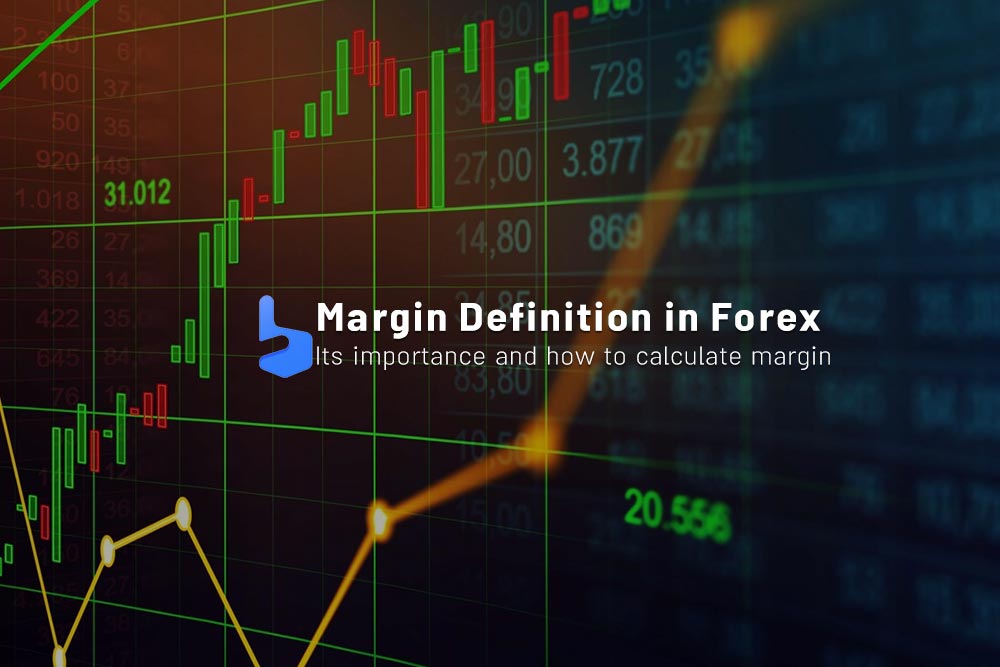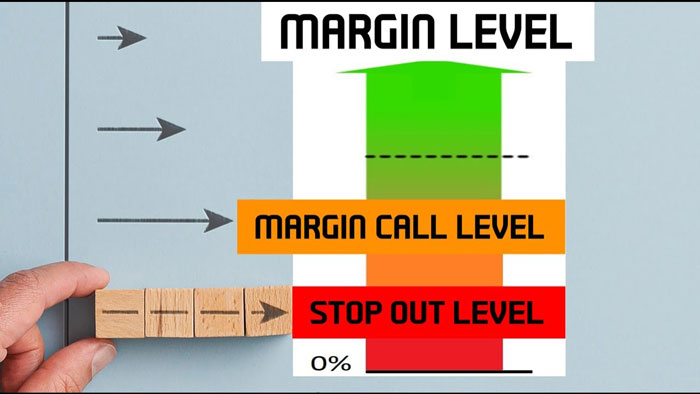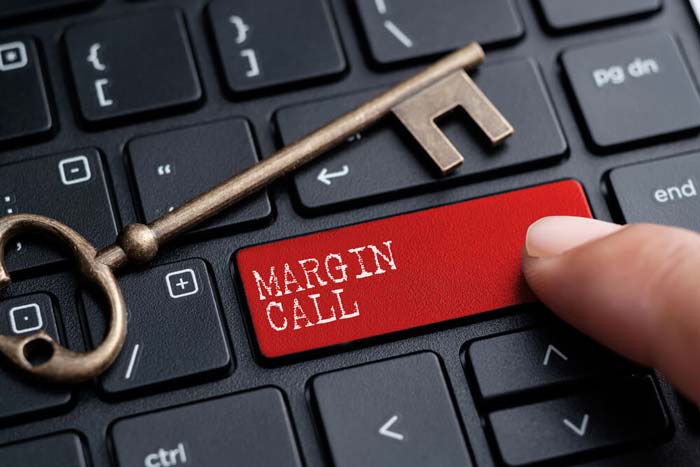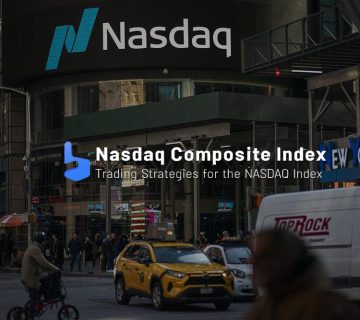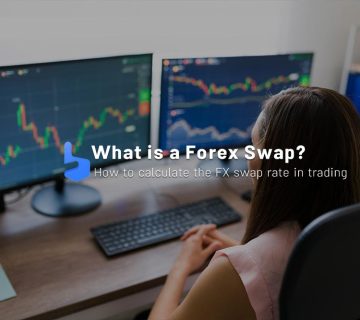What you are about to read:
Every forex trader needs to understand margin and its requirements. Typically, when opening a position, a portion of your capital is set aside as a deposit, which acts as collateral to cover the risk associated with the trade. Here, BrokerLand website will explain anything you need to know about forex margin and calculate it.
What is Margin in Forex?
In the context of forex trading, margin or capital level is simply a portion of your account balance that is temporarily set aside when executing a trade. This amount is often displayed as a certain percentage of the full position size: 0.25%, 0.5%, 1%, 2%, and so on.
The maximum leverage, or leverage ratio, that can be used in your trading account can be calculated based on the requirement of your forex broker. You can explore different types of brokers like RoboForex, Alpari, LiteForex, Windsor, Orbex and INGOT on the broker review page and get acquainted with their specific terms and conditions. Understanding this consept is essential for managing your risk and capital effectively in the forex market.
Forex Margin Level Explained
The margin level is a state in forex brokers that typically indicates that the available balance in an account has decreased. When this happens, an investor can choose to deposit more funds or sell some of the assets in the account, effectively closing open positions. By doing so, the account is brought back to its minimum required level.
Margin level refers to the health of an individual’s trading account. Expressed as a percentage, it represents the equity-to-margin ratio used by open positions in the forex market.
Stop Out at a Low Margin Level
In forex trading, a stop-out helps minimize losses in your account. When the margin-to-equity ratio reaches a certain percentage (typically 50%), as you no longer have enough amount of it to support your open positions, the positions are forcibly closed. This is often referred to as “stop out” or “automatic liquidation” of positions.
Stop Loss Order for Capital Protection
A stop-loss order, also known as a stop order or a market order, is one of the Forex orders and means that a broker will close a position when the respective currency pair reaches a specific price point, limiting the trader’s loss.
Stop-loss orders are typically used when opening long positions, but they can also be used as protection for short positions. They serve as a risk management tool to limit potential losses by automatically closing the position when the price moves against the trader’s position to a predetermined level. This ensures that the trader doesn’t suffer larger losses than they are willing to accept.
Why Margin Calculations Are Important
Margin calculations in forex represent a deposit that a trader puts up as collateral to ensure a position. Think of it as a deposit; it’s not a fee or cost, but it ensures that your account can manage any trades you undertake.
The margin you need to post is entirely dependent on the size of the trade you’re making. It’s essential not to over leverage, as excessive amount can lead to significant losses. Trading on margin in forex is a significant reason why stock traders experienced massive losses during the 1929 market crash. When trading forex, it’s crucial to keep this in mind.
The formula for calculating forex margin is straightforward. You simply multiply the size of the trade by the percentage of your equity. Then, subtract the amount of it used for all trades from the remaining equity in your account. The result is the amount that remains. Proper management in this area is critical to protect your capital and avoid unnecessary risks in the forex market.
Margin Calculation
Forex Margin calculations in trading are crucial for determining the amount of capital needed to secure a position. The requirement amount of it is based on the size of your trade, but it can be more complicated when the base and quote currencies in your trade differ from the currency in your account. Here’s how to calculate the requirement for such cases:
Let’s assume you decide to trade GBP/JPY with your account in USD. You decide to take a position with 10,000 units of the base currency. In this case, you’re effectively buying 10,000 pounds, but in reality, you’re using USD to buy GBP. As far as your forex broker is concerned, the margin requirement is calculated based on the USD, which is your account’s primary currency.
If you don’t have access to a calculator, here’s the formula you can use to calculate the required amount in the currency of your account:
Required Margin = ([Base Currency ÷ Account Currency] ✕ Units) / Leverage
For the GBP/JPY trade example:
Base Currency = GBP
Account Currency = USD
Quote Currency = JPY
Base Currency / Account Currency = Current exchange rate of GBP/USD (e.g., around 1.30 at the time of writing this article)
Units = 10,000
To apply this calculation to another example using EUR/USD, with a current exchange rate of 1.21773, if you were to purchase 500,000 units (five standard lots) with a standard of 30, you would need $20,295.50 in your account to open this position.
Here’s another example with different assumptions. Suppose you’re buying one standard lot (100,000 units) of GBP/NZD, but your broker requires a 20x margin. The current exchange rate for this currency pair is 1.90187. So, the calculation would be 100,000 units ÷ (20 ✕ 1.90187), which amounts to $9,509.35 or $7,010.96 USD as the required amount for executing this purchase.
While learning how to do these calculations manually is essential, you can also use a calculator to speed up these computations and double-check your work.
The Impact of Leverage on Forex Margin
Leverage, often expressed as the capital ratio, can vary from one broker to another. A common value for leverage is 30:1. As mentioned in the first example above, for a trade size of 10,000 units, you would need to calculate this amount as (1.3 * 10,000) / 30, which equals $433.33.
In the third example, where a leverage of 20:1 was specified, the higher leverage reduces the capital ratio and potential profit while providing an opportunity for profit well beyond what traditional trading could offer.
Hence, determining how changes in each of these values can affect your requirements is straightforward. Increasing the leverage to 50:1 instead of 30:1 decreases the required margin to $260. However, it also means that potential losses are 67% higher relative to your current assets.
What’s the Relationship Between Leverage and Required Margin?
A lower requirement might seem more attractive as it allows you to hold the same position with less money. However, you need to be cautious because a profitable trade means you’ll earn more income, while a bad trade means increased losses.
Less capital means more inherent risk. When traders fail to account for the implications of using forex margin, they might incur significant losses before realizing what’s happening to their accounts.
Higher leverage means your margin call is delayed, but it also means you’ll lose more money. Understanding which values are more effective is a part of forex trading, and knowing the right balance comes with experience.
What is Maintenance margin?
Maintenance margin, is the minimum amount that a trader must keep in their account after opening a position. Currently, this amount is typically 25% of the total margin account value. It helps protect brokers and creates a buffer between the funds issued and the trader’s margin account value, reducing the risk assumed by a broker, especially when market prices are falling rapidly.
The Advantages and Risks in Margin Trading
Like any trading opportunity, this kind of trading has its own set of unique risks and rewards, although the risks and rewards can be amplified through this trading strategy. Here, we’ll take a look at some of the pros and cons:
Advantages:
- Margin allows you to potentially earn much higher profits compared to a standard account.
- It can help grow your account faster.
- Experienced traders who can evaluate trades and make decisions quickly may benefit from it.
Risks:
- These trades can carry high levels of risk and may expose your account to significant losses due to the large trade sizes.
- Traders using leverage might experience high levels of stress due to the consequences of their trades.
- You may be subject to a margin call, requiring you to deposit more funds into your account or sell some of your assets to free up capital as collateral for your open positions.
Conclution
Given the significant importance of the margin discussion in Forex, this Brokerland forex learning article has endeavored thus far to fully address related matters. Whether in part-time trading, prop trading, or any method from expert advisor to various analytical techniques and using Forex signals, available resources for trading in this market, a complete understanding of margin in Forex and protecting one’s capital. Share your thoughts below this article with us, and if you have any questions regarding this topic, write them here so we can guide you.

